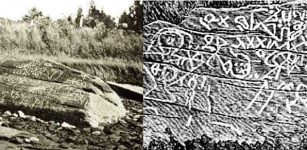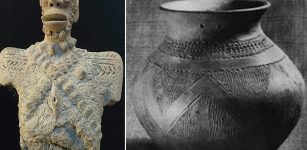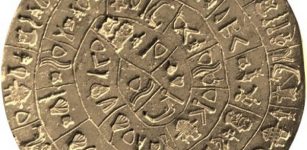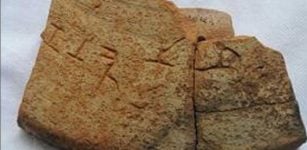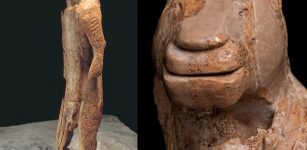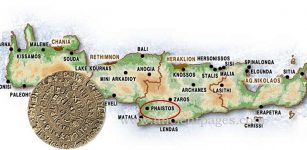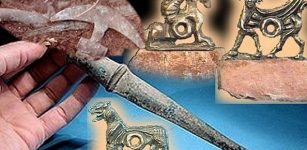Mysterious Amman Citadel Inscription Could Be A Curse, Dedication Or Building Inscription
MessageToEagle.com – The modern city of Amman (biblical Hebrew Rabbath Ammon), Jordan, sits on the site of ancient Rabbath-ammon, capital of the territory of Ammon.
Ammon, located to the northeast of the Dead Sea, between the rivers Arnon and Jabbok, was one of ancient Israel’s neighbors and a frequent enemy.
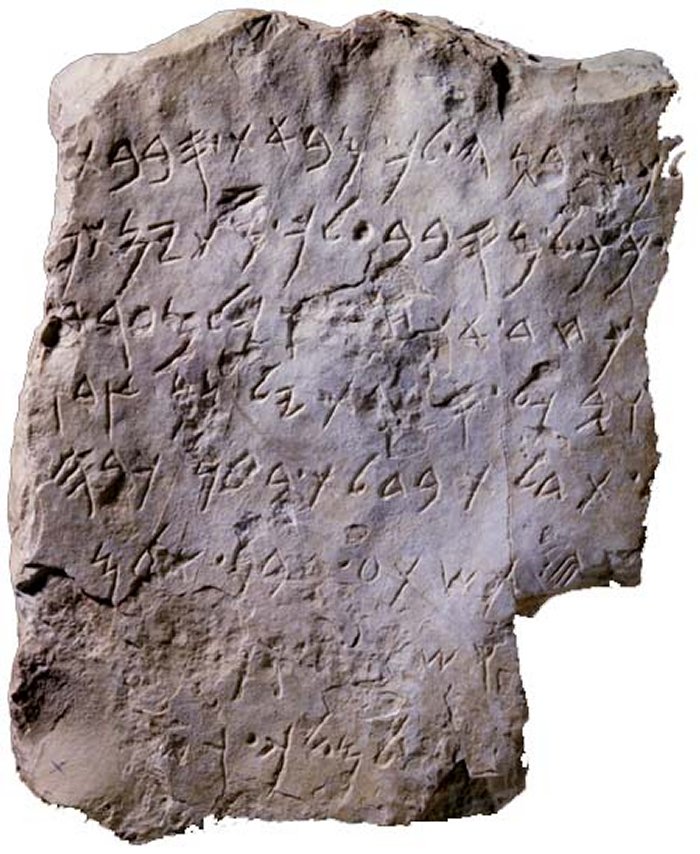
Since remote antiquity, there have existed fortified settlements in this area and archaeological excavations revealed the earliest remains dated back to the Chalcolithic Age (c. 4000-c. 3000 BC). Later, a Semitic people known as the Ammonites occupied the area, which is often mentioned in the Bible as ‘Ammon’.
In the 1960’s, archaeologists discovered an interesting inscription in the Citadel (or fortress), of Amman, ancient Rabbath-ammon. Some experts say the artifact (a stela) is a building inscription regarding the Citadel or a temple; some others have proposed that the inscription is an oracle or some kind of instruction from the Ammonites’ god Milkom (Melqom) or even the dedication of a temple to him.
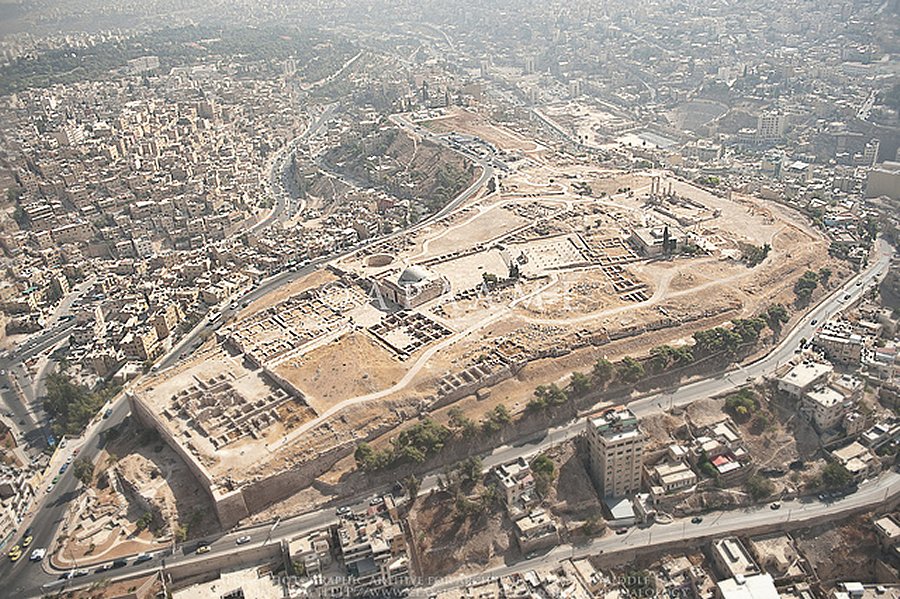
His name is mentioned in the first line of the text.
See also:
Helmet Of Meskalamdug – Sumerian King Of The First Dynasty Of Ur
Defixiones: Ancient Roman Curse Tablets Became Big Business
Impressive Marble Statue Of A Ram, An Ancient Christian Symbol For Jesus Discovered
More Intriguing And Mysterious Ancient Artifacts
The inscription contains several references to parts of buildings (could be a building inscription), but also has certain elements of a curse. The text contains eight lines of writing and it dates to the second half of the 9th century BC.
At some time in antiquity the inscribed stela was cut in a roughly rectangular shape for reuse in a building project.
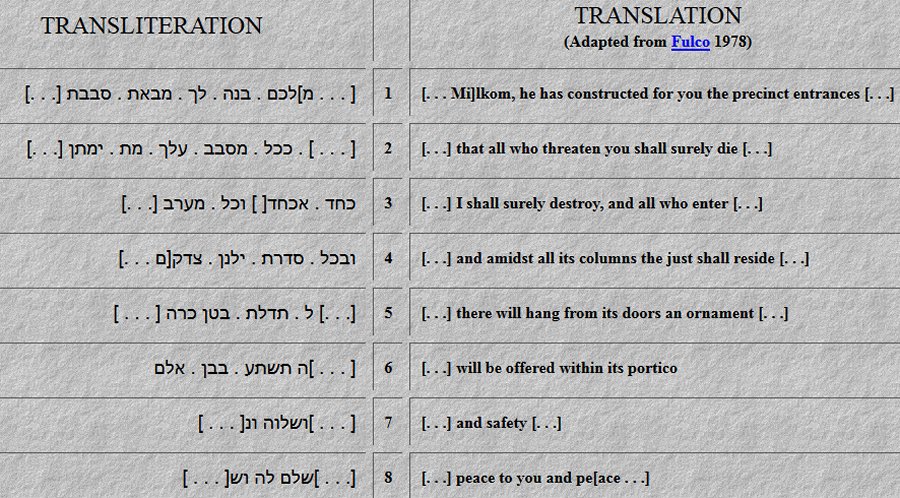
If it is a building inscription, it fits into a well-known type of text In the ancient Near East, it was customary to attach a record to an important structure and inform to whom the building was dedicated and why it was built.
However, the discovered inscription is incomplete, we cannot be sure of its original purpose. The language of the Ammonites is closely related to Hebrew and ancient Phoenician, but the script they used is much closer to the script used for Aramaic at that time.
Copyright © MessageToEagle.com This material may not be published, broadcast, rewritten or redistributed in whole or part without the express written permission of MessageToEagle.com
Expand for references

